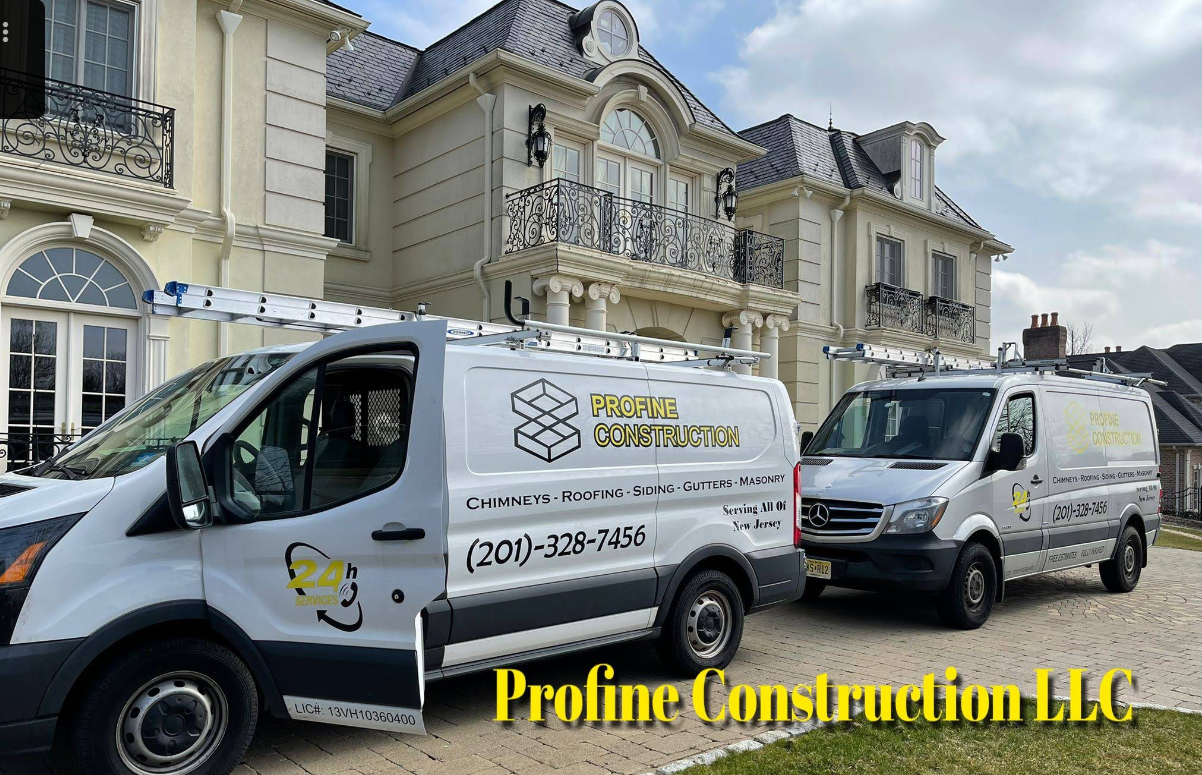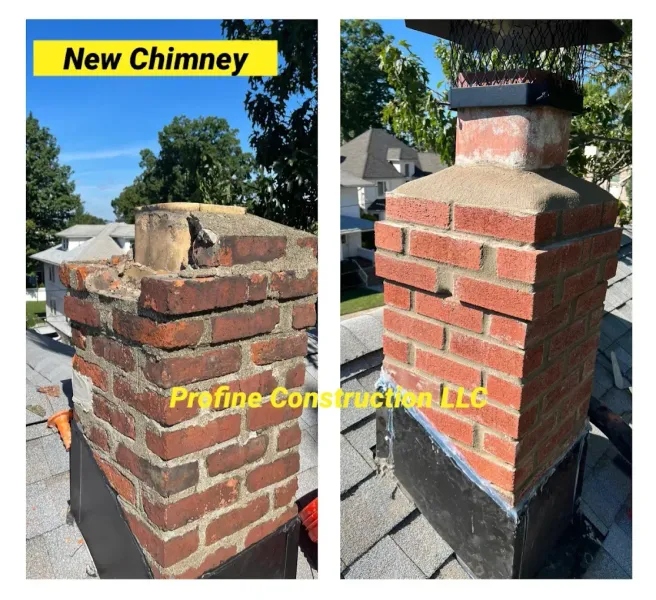Introduction
Roofing warranties can be a labyrinth of terms, conditions, and fine print, leaving even the savviest homeowners scratching their heads. Understanding your roofing warranty is crucial, whether you're planning a new roof installation or evaluating existing coverage. In this article, we’ll embark on an adventurous journey through the ins and outs of roofing warranties, helping you decode what they cover and what they don’t. We’ll also touch on related topics that every homeowner should know about, including how to choose the right roofing contractor, signs your roof needs immediate repair, and much more.
Decoding Roofing Warranties: What’s Really Covered?
When it comes to roofing warranties, there are typically two main types: manufacturer warranties and workmanship warranties. Understanding these categories will help clarify what’s covered under each type.
Manufacturer Warranties
Manufacturer warranties are issued by the company that produces the roofing materials. They typically cover defects in the materials themselves. Here’s a breakdown of what to expect:
- Duration: Most manufacturer warranties last between 20 to 50 years. Coverage Details: These warranties may cover issues like premature aging or defects that affect the performance of roofing materials. Limitations: Manufacturer warranties often have conditions that must be met for coverage to apply. For example, improper installation may void your warranty.
Workmanship Warranties
Workmanship warranties are provided by the contractor who installs your roof. They focus on labor-related issues rather than material defects.
- Duration: These usually span from one year up to a decade. Coverage Details: Workmanship warranties cover errors made during installation—like improper sealing or nailing—and any resulting damages. Limitations: If your roof deteriorates due to lack of maintenance or if it's been heavily damaged by weather events (like hailstorms), your workmanship warranty may not cover repairs.
What Happens When Problems Arise?
So you’ve discovered a leak in your roof—what next? Knowing how to navigate warranty claims can save you both time and money:
Document Everything: Take pictures and keep records of any issues as they arise. Contact Your Contractor or Manufacturer: Reach out promptly; many warranties have time limits on claims. Follow Up in Writing: Always document your communications with contractors or manufacturers regarding warranty claims.Common Misconceptions About Roofing Warranties
Many homeowners mistakenly believe that a warranty covers all problems related to their roofs. However, this is not always true:
- Just because you have a warranty doesn’t mean you’re free from regular maintenance responsibilities. Transferring ownership of a home can complicate warranty claims; always read the fine print regarding transferability.
Understanding Roofing Warranties
Now that we've decoded what roofing warranties entail, let's dive deeper into understanding them better.
Types of Roofs and Their Warranty Considerations
Different roofing materials come with different warranty considerations:

Asphalt Shingles
- Typically offer 20–30 year manufacturer warranties. Coverage varies based on shingle quality—higher-end products usually come with longer warranties.
Metal Roofs
- Often feature 40–50 year lifespans supported by robust manufacturer warranties. Maintenance is generally less intensive compared to other materials leading to fewer claims.
Tile Roofs
- Usually carry extended lifetimes (upwards of 50 years). They may require specialized contractors for installation; ensure they provide proper workmanship coverage.
How Weather Impacts Different Roof Types
Weather can significantly impact roof longevity and performance. Here’s how different climates influence various roofing types:
Hot Climates
Materials like metal or tile are ideal for hot climates because house painting they reflect sunlight effectively, reducing cooling costs. However:

- Regular inspections are necessary as heat can cause some materials to warp or crack over time.
Cold Climates
Asphalt shingles perform well but can suffer from ice damming if not properly ventilated:
- Ensure adequate insulation in attics to prevent ice buildup which could lead to leaks.
Coastal Areas
If you live near the ocean:

- Choose materials designed for high winds and salt exposure—this will impact warranty considerations considerably.
Signs Your Roof Needs Immediate Repair
Ignoring potential warning signs can lead to costly repairs down the road. Here are common indicators that it might be time for repairs:
Missing Shingles: A clear sign your roof is compromised. Leaks: Water stains on ceilings indicate serious issues. Granules in Gutters: Loss of granules means shingles are nearing their end. Mold Growth: Indicates moisture retention which harms structural integrity.How Much Does Roof Repair Cost?
Understanding potential costs involved with repairs helps homeowners plan effectively:
| Type of Repair | Average Cost | |----------------------------|--------------------| | Shingle Replacement | $100 - $300 per shingle | | Leak Repair | $200 - $500 | | Complete Roof Replacements | $5,000 - $15,000 |
Factors influencing these costs include material choices, labor rates in your region, and whether structural work is needed due to water damage.
Roof Maintenance Tips To Extend Roof Life
Regular maintenance can prolong the life of your roof significantly:
Schedule regular inspections (at least twice a year). Clean gutters monthly during peak seasons—clogged gutters lead to water pooling. Trim overhanging branches that might damage shingles during storms. Remove debris regularly; leaves left unattended can trap moisture against shingles leading to rot.FAQs
What should I do if my roof starts leaking?
Contact a professional immediately! Document everything first and then reach out for emergency services if necessary.
How long do roofing shingles last?
Asphalt shingles typically last between 20–30 years while metal roofs can last up to 50 years given proper care.
Are there different types of roofing insurance?
Yes! There’s actual cash value (ACV) coverage versus replacement cost coverage which impacts how much you'll receive after filing a claim.
Can I transfer my roofing warranty?
Many manufacturer warranties allow transfer but may have specific conditions so check before selling your home!
How often should I get my roof inspected?
Aim for inspections at least twice yearly or after severe weather events; early detection saves money down the line!
li34/ol4/hr7hr7/##
Conclusion
Decoding roofing warranties isn’t just about reading fine print—it’s about empowering yourself as a homeowner! By understanding what’s covered under various types of warranties and recognizing when it’s time for repairs or replacements, you position yourself for success in protecting one of your most valuable investments—your home! Remember always to keep thorough records and communicate clearly with contractors; knowledge truly is power in navigating these waters confidently!